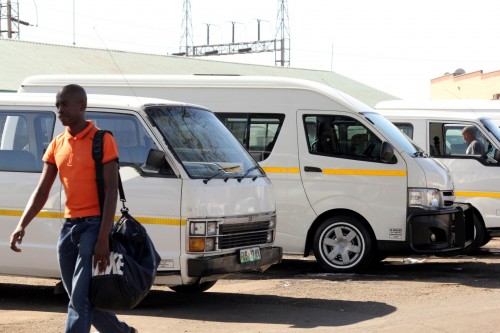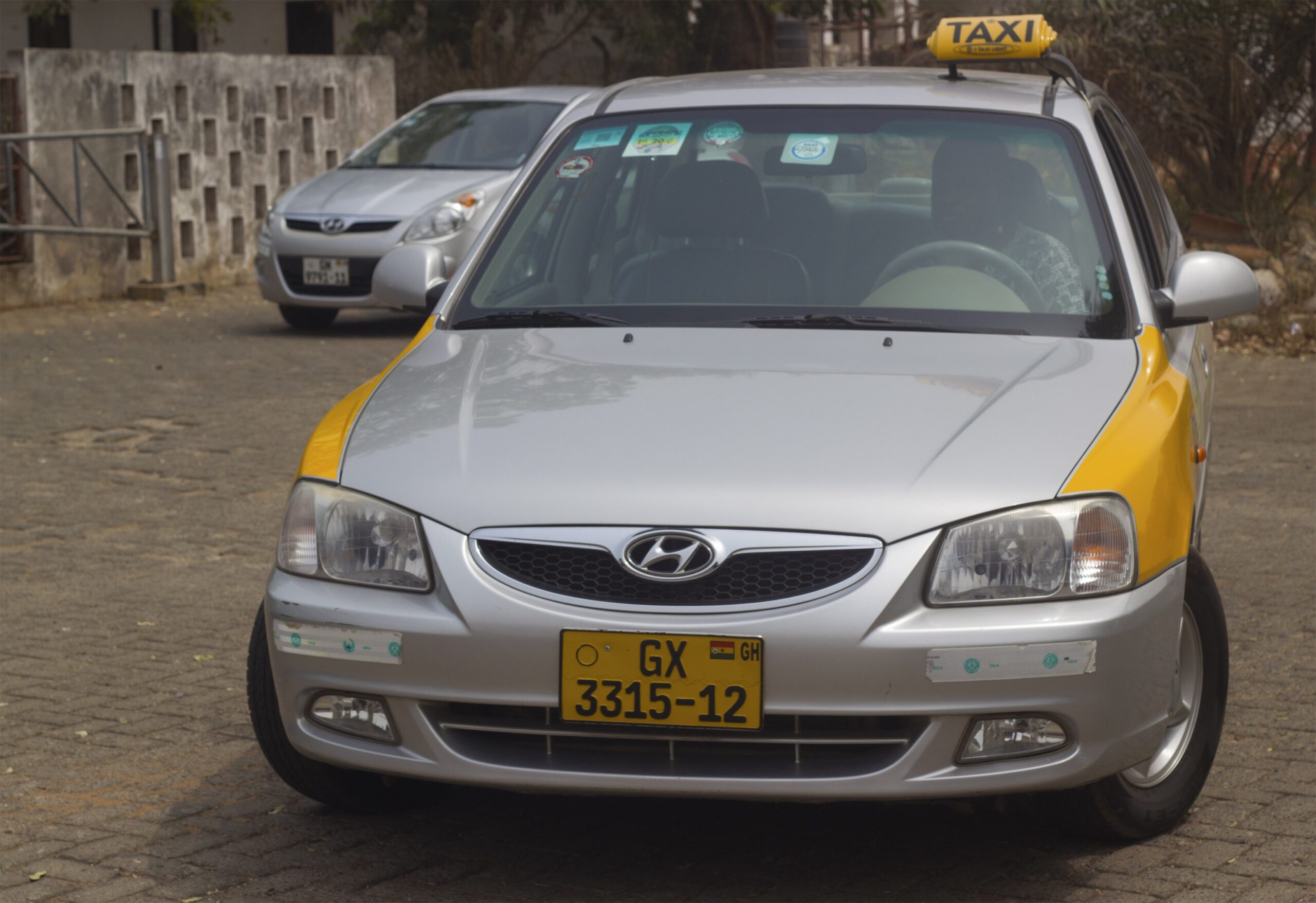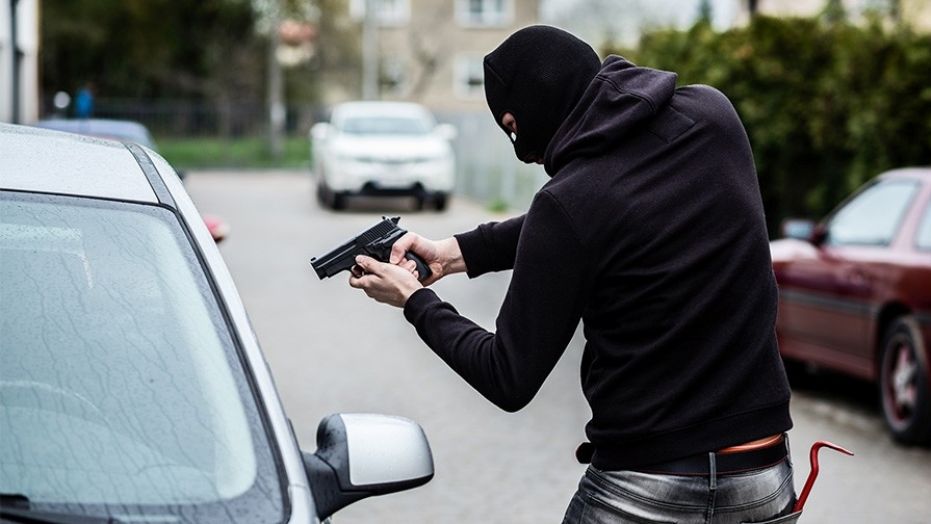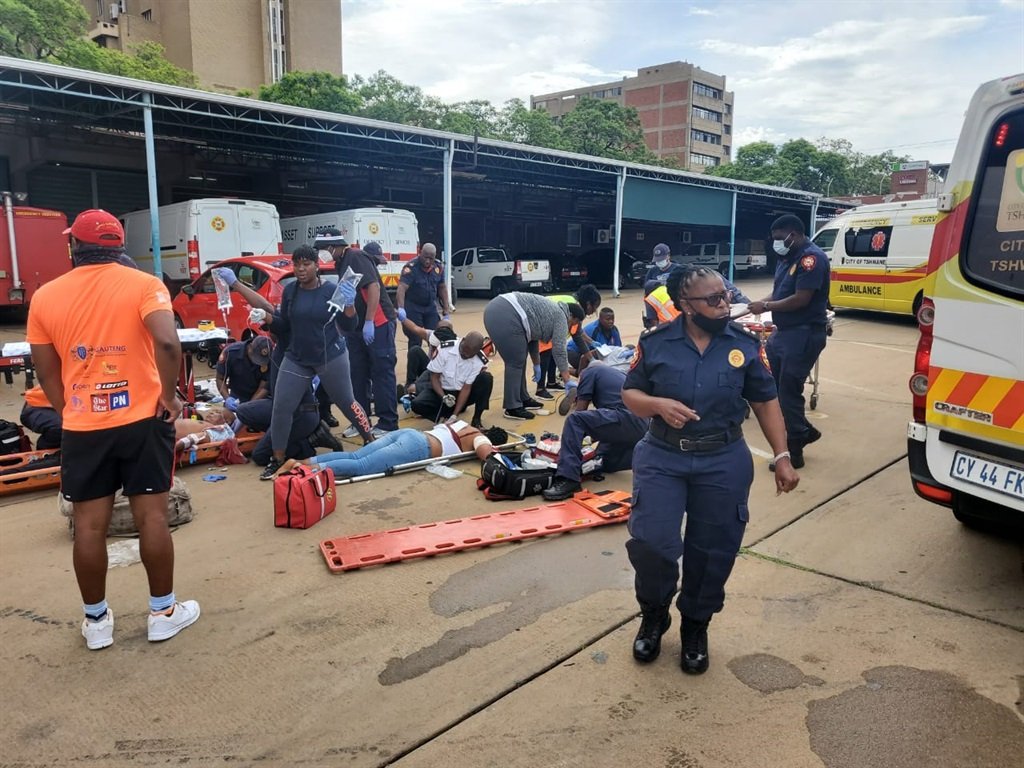Working as a taxi driver is more dangerous than it sounds. They constantly have to deal with strangers (sometimes intoxicated even), harsh working environment (weather, road quality, etc.) and carry cash around which ultimately makes them vulnerable in unfortunate situations.
Hence, it is extremely important that all taxi drivers learn how to protect themselves from harm. It’s not easy being out there on the road – especially for those who are new to the industry.
With that said, here is a list of 10 safe driving tips that all taxi drivers must adhere to have a safer driving experience.
1. Inspect your car before driving
Ever heard of “BLOWBAGETS”?
Sounds a little silly, yes. But it’s a list of things that you should check before putting yourself out to the road.
Whether you’re heading out on a summer vacation or just driving to work, make it a habit to inspect your car. It’s impossible to check every nook and cranny of your four-wheeled machine when you’re rushing to your destination. But checking your BLOWBAGETS before driving off will keep everyone in your car safe on the road.
But what does BLOWBAGETS really mean? Let’s break it down for you.
- Batteries. Check if your battery has a strong charge, clean terminals, and proper cable-to-terminal connection. Car batteries typically last for three to four years. Replace yours if it’s almost near the end of its service life.
- Lights. Make sure to check your lights regularly and that they are fully functioning. Test your headlights, turn signals, brake lights, reverse lights, and tail lights before driving. Search for dirt, cracks, and breakage. If you find any, have your lights cleaned or fixed.
- Oil. Check your engine’s oil level and color. When the oil is below the minimum level, it’s time to refill. Remember that when your vehicle runs out of oil, your engine will get damaged, and you’ll be dealing with expensive repair bills. Look for leaks as they are often the culprits of why your car is losing too much oil.
- Water. A simple check of the water in your radiator will save your car from overheating. Bring one-liter water jugs with you in your trunk just in case of an emergency.
- Brakes. No one wants to be driving down a highway only to discover that their brakes aren’t working. Do a quick check by pushing the brake pedal all the way to the floor. It shouldn’t feel spongy and have little to no resistance. Otherwise, you might need to get your taxi checked by mechanics.
- Air. Keeping the right tire pressure prevents accidents and decreased fuel economy. But you can’t simply detect that using your naked eye – you’ll need a tire pressure gauge. Make sure that each tire is inflated to 35 lbs p.s.i. Having underinflated tires is a sure way to bump up your fuel consumption and premature wear of tires. This small check of tire pressure could save both your life and money.
- Gas. Check your fuel level through the fuel gauge before you take your car out for a drive. You do not want to get stranded in the middle of traffic just because you didn’t have a full gas tank.
- Engine. Try to start the engine and listen to its sound. Any pinging, tapping, knocking, or any weird noise is potentially an engine problem. Better get your cab be checked by a mechanic.
- Tire. Spend a few minutes to check your tires for bulges, lumps, tears, and other signs of damage. To check your tire tread depth, insert a coin into the tire’s grooves. If you can see much of the coin’s outer band, that means the grooves are already thin, and you need to replace those tires soon.
- Self. Are you physically and emotionally fit to drive today? Check yourself! If you’re sick, dizzy, tired, sleepy, or drunk, you might want to call in sick for work today. This will save your life and your passenger’s life.
2. Equip yourself
The radio is every taxi driver’s best friend. It connects you to your dispatcher which can save you from a lot of headaches. They are the ones who will assist you in times of trouble, keep you updated of your surroundings, and give you accurate information. So, forge a good relationship with your dispatcher – you need them on your side.
Dashboard and rearview cameras are also a good investment to increase your car security. It can help you collect evidence in the case in case you are involved in an incident.
Also, you may bring your mobile phone with you. Use it to call an ambulance, local authorities, and other emergency services. But please, for the sake of everyone on the road, DO NOT TEXT, CALL, OR USE YOUR PHONE WHILE DRIVING. Pull over to the nearest parking lot or on the side of the road if you’re ever going to use it. Staying safe requires a sense of responsibility!
3. Be alert and aware
Keep yourself alert and aware of your surroundings, whether parked or driving. Try to observe the area in a subtle way – you don’t want to scare the neighborhood into thinking you’re stalking around.
Also, having enough rest, proper diet, and exercise will keep up your energy and awareness. So, try to be as healthy as possible!
4. Run a quick passenger risk-assessment
Observe your passenger by reading their behavior, attitude, and actions. Indeed, you cannot judge a book by its cover, that’s why if you can indulge them into a little chat, it’s a great tactic. Once you’ve done that, you need to act accordingly.
Additionally, having a passenger sit directly behind you is a big red flag. Did you know 80% of all assaults and homicides are launched from the seat directly behind the driver? It is because drivers fail to see what their passengers are doing. You can try and ask the person to move over to the right side of the seat. Tell them it’s to balance the car, or company policy, or whatever. If the situation allows you, keep watch on your passengers through the rearview mirror, especially if they’re acting suspiciously. But don’t ruin people’s comfort. Don’t stare at them for too long or ask personal questions. You might just find yourself in trouble that you’re trying to avoid in the first place.
NOTE: If the passenger appears to be intoxicated or distressed, ask if they need help (contacting their loved ones, calling an ambulance, etc.). If they refuse, do not force them. But be extra careful and prepare yourself just in case.
5. Do not flash your money
It is highly discouraged for taxi drivers to wear expensive jewelry like watch, necklace, or rings. Doing so provokes robbers to steal from you.
You must also keep your cash hidden from plain sight. If you are giving your passenger a change for a large denomination bill, do not let them watch you whilst doing so. Never ever give motivation to thieves.
6. Know the city
Be knowledgeable and stay away from potentially dangerous places. If the area you’re about to go to is notorious for getting people in trouble, then refuse. Most importantly, never drive into alleyways or back lanes. Bad people want you to go there for one reason: to get you out of sight where they can assault or rob you. If you find yourself in that situation, just never exit the car and tell the passenger that it’s for safety purposes. If things go bad, zoom yourself out of there and report to the nearest police station.
Also, know where you are at all times. Nobody can help you if they do not know where you are when you call for help. Take note of each street you turn to or any landmark near the place. Knowing your exact location, where the nearest hospital and police stations are and the quickest route from A to B will give you a huge advantage.
Finally, familiarizing yourself with the city’s shortcuts, routes, and places will minimize the possibility of disputes between you and the passenger. They expect you to know where to go and which roads to take. If not, this will get them angry, and disputes can quickly turn into assaults, or even worse.
7. Know emergency procedures
Every taxicab or limousine company have its own safety procedures for different circumstances. Study and learn them as it is for your own good.
Learn what the trouble call codes and signals are and where emergency buttons or switch are located. These buttons may vary from vehicle to vehicle, so try to identify them prior to picking up your passenger.
8. Keep your cool
Did you have a bad day? It’s alright, everyone has those – even your passengers. And I’m very sure both of you wouldn’t want to make things worse. Stay calm and controlled. Never ever threaten any person with violence if they won’t pay, can’t pay, or are acting up. Otherwise, it could escalate a minor disagreement into a violent confrontation in which most cases, you are the loser. You can always work your way out of a problem or harm if you won’t let your feelings get the best out of you. If you lose composure, you also lose your better judgment, and that is when you get into trouble.
Also, if the passenger strikes at you either physically or verbally, don’t fight back. Instead, defend yourself and if the situation allows you, shout for help. Comply with the passenger (free fare, your money, whatever) distance yourself from them, call the police and use your lights and horn to get help and immediately report the incident to dispatch. Live to work another day.
9. Be extra careful late at night
The most dangerous hours for taxi drivers to operate in are between 6:00 pm in the evening and 6:00 am in the morning. Most especially, the darkest hours between 12:00 midnight and 04:00 am. Most attacks and robberies committed against taxi drivers occur during the aforementioned hours. At this time of the night, there a few people around as witnesses, and many of your customers will be drunk. And obviously, most criminals prefer to conduct their business in the dark hours. Even though these can be your most tiring hours, never keep your guard down. You must maintain a high state of alertness during these periods of time – if not double.
10. Good customer service
Giving a quality customer service doesn’t only leave a good mark on you, but might actually save your life. The way you present and conduct yourself to your passengers is very important as you might not know. Wear professional clothing, look well groomed, maintain eye contact, remain polite and engage in conversation. Employing these techniques will allow you to remain in control, make your passenger feel good and make it psychologically harder for them to want to hurt you.
But even so, it is your responsibility as a taxi driver to give your customers a good riding experience.
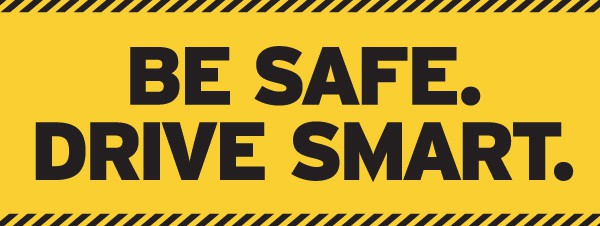
These are but a few techniques that should be studied very carefully by all drivers, with practice with diligence. You never know, they can save your life!
Follow us on our Facebook and Twitter pages for the latest stories, products & updates.








